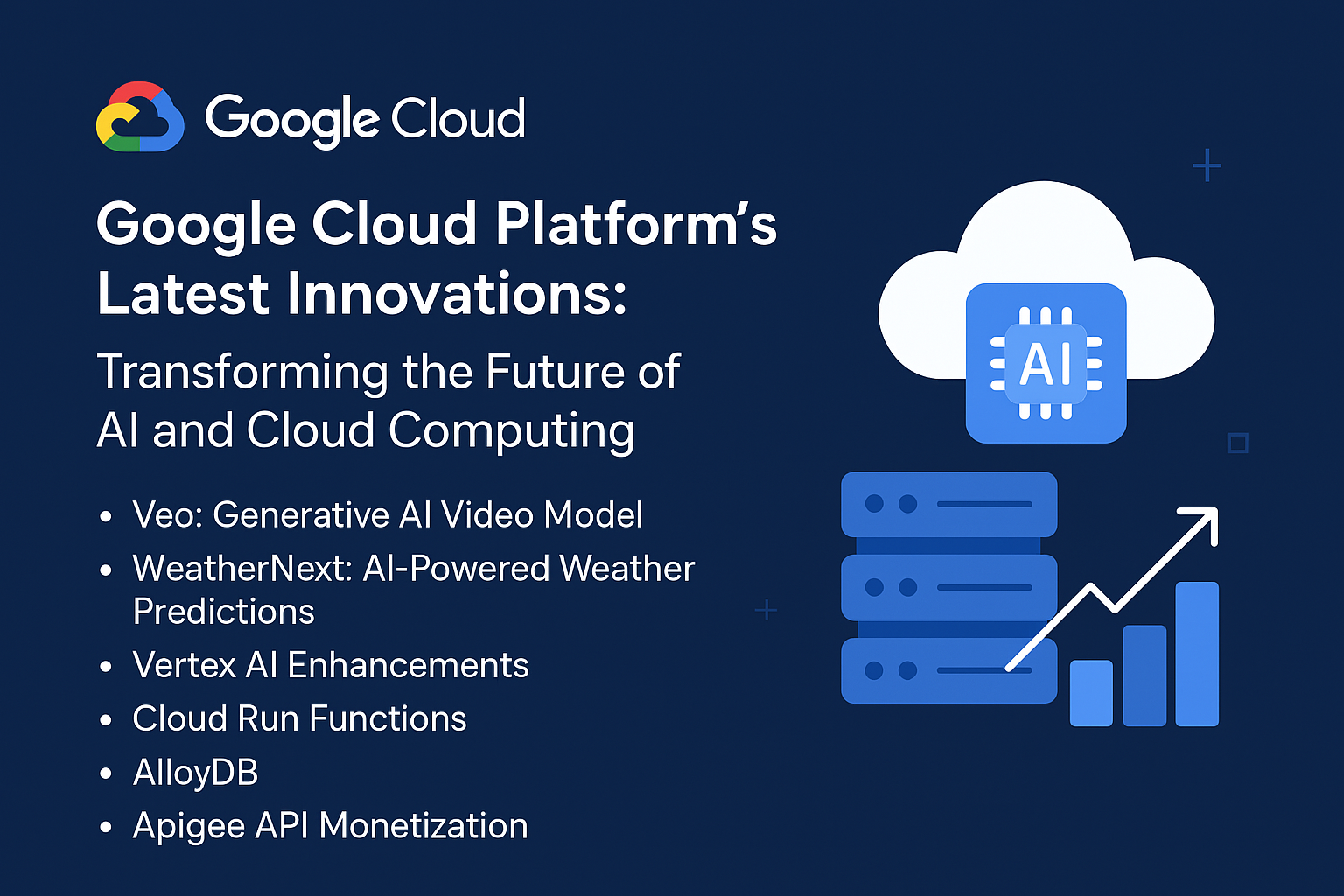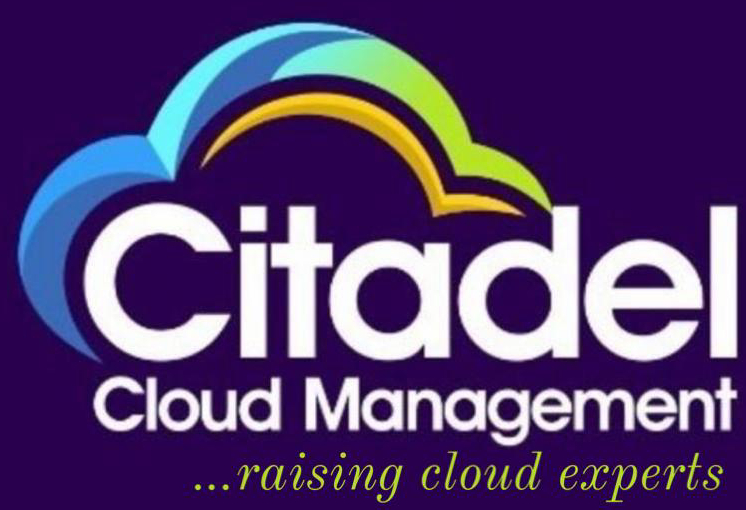
Using AWS SageMaker and Adoption Frameworks for Machine Learning Projects
citadelcloud
In today’s rapidly evolving technological landscape, machine learning (ML) has emerged as a transformative force across various industries. Companies are increasingly harnessing the power of ML to gain insights, improve efficiency, and drive innovation. However, embarking on a machine learning journey can be daunting, especially for organizations unfamiliar with the intricacies of the process. This is where AWS SageMaker and adoption frameworks come into play, providing the necessary tools and guidance for successful machine learning project implementation.
In this blog post, we will explore how AWS SageMaker simplifies the machine learning workflow and discuss various adoption frameworks that organizations can utilize to streamline their ML projects. We will also address frequently asked questions to provide further clarity on these concepts.
Understanding AWS SageMaker
What is AWS SageMaker?
AWS SageMaker is a fully managed service offered by Amazon Web Services (AWS) that enables developers and data scientists to build, train, and deploy machine learning models at scale. It provides an integrated environment with a suite of tools to facilitate each stage of the ML lifecycle, from data preparation to model deployment.
Key Features of AWS SageMaker
- Built-in Algorithms: SageMaker comes equipped with a range of pre-built algorithms that can be used for common tasks such as classification, regression, and clustering.
- Jupyter Notebooks: It provides Jupyter notebooks for interactive data exploration and model development, allowing users to experiment and iterate quickly.
- Automatic Model Tuning: SageMaker’s hyperparameter optimization feature automatically tunes model parameters to achieve optimal performance.
- One-Click Deployment: With SageMaker, deploying models to production is as simple as a click of a button, enabling organizations to bring their ML solutions to market faster.
- Integration with AWS Services: SageMaker seamlessly integrates with other AWS services such as S3 for data storage, IAM for security, and Lambda for serverless computing.
Benefits of Using AWS SageMaker
- Scalability: Organizations can scale their ML projects effortlessly with SageMaker’s on-demand computing resources, allowing them to handle varying workloads without the need for significant infrastructure investment.
- Cost-Effectiveness: With a pay-as-you-go pricing model, companies only pay for what they use, making it a cost-effective solution for machine learning projects.
- Enhanced Collaboration: SageMaker supports collaboration among team members, enabling data scientists and developers to work together efficiently on projects.
Machine Learning Adoption Frameworks
Adoption frameworks provide organizations with structured approaches to implement machine learning successfully. These frameworks guide companies in navigating the complexities of machine learning projects, ensuring that they have the necessary resources, skills, and strategies in place.
Key Machine Learning Adoption Frameworks
- Google Cloud ML Framework: This framework emphasizes building machine learning models using TensorFlow and Google Cloud tools. It guides organizations through the process of data preparation, model training, and deployment while leveraging Google’s cloud infrastructure.
- Microsoft AI Adoption Framework: Microsoft’s framework focuses on aligning AI initiatives with business objectives. It provides a roadmap for organizations to identify use cases, build models, and integrate AI into their existing workflows.
- IBM Watson AI Ladder: The AI Ladder is a framework designed to help organizations scale AI adoption effectively. It encompasses four steps: Collect, Organize, Analyze, and Infuse, guiding companies from data collection to the infusion of AI into their business processes.
- AWS Machine Learning Adoption Framework: AWS offers its own adoption framework, which consists of six key pillars: Business Strategy, People, Technology, Data, Process, and Governance. This comprehensive approach helps organizations identify their readiness for machine learning and develop strategies to overcome challenges.
Implementing an Adoption Framework with AWS SageMaker
Implementing a machine learning adoption framework in conjunction with AWS SageMaker can enhance the likelihood of project success. Here’s how organizations can leverage both to achieve their machine learning goals:
- Define Business Objectives: Begin by identifying specific business problems that machine learning can address. This step is critical in ensuring that the ML project aligns with overall business strategy.
- Assess Readiness: Evaluate the organization’s current capabilities, including data infrastructure, skill sets, and technology. This assessment will help identify gaps that need to be addressed before embarking on machine learning initiatives.
- Data Preparation: Utilize AWS SageMaker’s built-in tools for data preprocessing, cleaning, and transformation. High-quality data is crucial for training accurate ML models.
- Model Development: Leverage SageMaker’s algorithms and Jupyter notebooks to build and experiment with various models. This iterative process allows teams to fine-tune their models for optimal performance.
- Training and Evaluation: Use SageMaker to train models on large datasets efficiently. Evaluate model performance using metrics such as accuracy, precision, and recall to ensure they meet business requirements.
- Deployment and Monitoring: Once the model is trained and validated, deploy it using SageMaker’s one-click deployment feature. Implement monitoring and logging to track model performance in real-time and make necessary adjustments as needed.
- Continuous Improvement: Machine learning is an ongoing process. Regularly revisit the model to incorporate new data and improve its accuracy and effectiveness over time.
Case Study: Successful Implementation of AWS SageMaker and an Adoption Framework
To illustrate the effectiveness of using AWS SageMaker in conjunction with an adoption framework, let’s consider a hypothetical case study of a retail company, RetailCo, looking to enhance its inventory management through machine learning.
Business Problem
RetailCo faced challenges in predicting product demand, leading to stockouts and excess inventory. To address this issue, the company decided to implement a machine learning model to forecast demand accurately.
Adoption Framework Implementation
- Defining Objectives: RetailCo defined the goal of improving demand forecasting accuracy to minimize stockouts and optimize inventory levels.
- Assessing Readiness: The company evaluated its data sources, identifying historical sales data and external factors such as seasonality and promotions as critical inputs for the ML model.
- Data Preparation: Using AWS SageMaker, RetailCo prepared its data by cleaning and transforming it for model training.
- Model Development: The data science team used SageMaker’s built-in algorithms to experiment with different models and select the one that best met their forecasting needs.
- Training and Evaluation: The team trained the selected model on historical sales data and evaluated its performance using metrics relevant to demand forecasting.
- Deployment and Monitoring: RetailCo deployed the model using SageMaker and set up monitoring to track its accuracy in real-time, making adjustments as necessary.
- Continuous Improvement: Over time, the company incorporated new data and feedback from users to refine the model, leading to improved forecasting accuracy and inventory management.
Results
By leveraging AWS SageMaker and a structured adoption framework, RetailCo significantly improved its demand forecasting capabilities, reducing stockouts by 30% and excess inventory by 20%. The successful implementation not only enhanced operational efficiency but also contributed to a better customer experience.
FAQs
What is AWS SageMaker used for?
AWS SageMaker is used for building, training, and deploying machine learning models. It provides a suite of tools for data preparation, model development, and deployment, making it easier for organizations to implement machine learning solutions.
What are the benefits of using an adoption framework for machine learning?
An adoption framework provides a structured approach to implementing machine learning initiatives, helping organizations align their projects with business objectives, assess readiness, and navigate challenges effectively.
How does AWS SageMaker support model deployment?
AWS SageMaker supports model deployment through its one-click deployment feature, allowing organizations to deploy models to production quickly and easily.
Can I use AWS SageMaker without extensive machine learning expertise?
Yes, AWS SageMaker is designed to be user-friendly, offering tools and resources that allow users with varying levels of expertise to develop and deploy machine learning models.
How do I ensure my machine learning model remains effective over time?
Regularly monitor the model’s performance and incorporate new data and feedback to make adjustments and improvements. Continuous evaluation and refinement are key to maintaining model effectiveness.
Conclusion
As organizations continue to explore the potential of machine learning, leveraging AWS SageMaker alongside structured adoption frameworks can greatly enhance the likelihood of project success. By simplifying the machine learning workflow and providing guidance on best practices, these tools empower companies to harness the power of data and drive innovation in their respective industries. With the right approach, the possibilities for machine learning applications are virtually limitless.
Table of Contents
Latest Articles

ADDRESS
Houston, Texas USA
US LINE
+1 (346) 652-4970
NIGERIA LINE
081 2852 0152
MAIL ADDRESS
info@citadelcloudmanagement.com
QUICK LINKS
- © 2025. All Rights Reserved By Citadel Cloud Management
